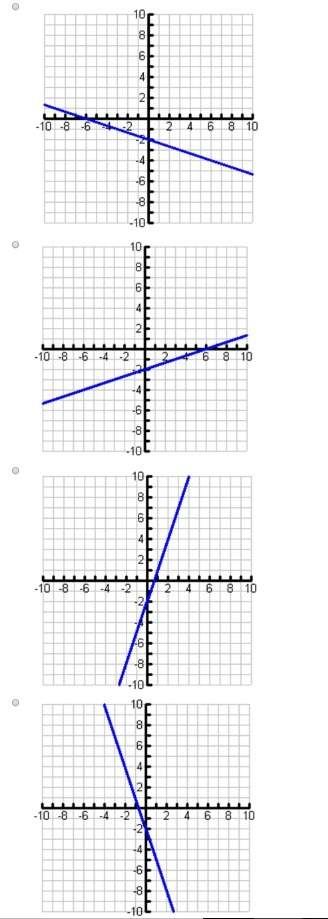
Mathematics, 20.04.2021 21:40 darkghostmist
The base of a solid is the region enclosed by the graphs of y = e^x, y = 0, x = 0, and x = 1. If each cross-section perpendicular to the x-axis is an equilateral triangle, then the volume is:
(A) (rad(3)/8)(e^2- 1)
(B) (rad(3)/4)(e^2-1)
(C)(rad(3)/2)(e^2– 1)

Answers: 1
Another question on Mathematics

Mathematics, 20.06.2019 18:04
A25-inch wide drum is used in a marching band. what area does the top of the drum cover? round to the nearest hundredth. (use 3.14 for pi.)
Answers: 1

Mathematics, 21.06.2019 13:00
Last year amusement park received 236,758 visitors it was open every day of the year but 7 holliday’s what was the average number of visitors to the park per day
Answers: 1

Mathematics, 21.06.2019 14:00
Which product is positive a is 2/5 -8/9 -1/3 -2/7 b is -2/5 8/9 -1/3 -2/7 c is 2/5 8/9 1/3 -2/7 d is -2/5 -8/9 1/3 2/7
Answers: 2

Mathematics, 21.06.2019 16:30
The angles below are supplementary. what is the value of x? a pair of supplementary angles is shown. one angle measures 7x + 33, and the other angle measures 70. 5.3 8.14 11 14.7
Answers: 1
You know the right answer?
The base of a solid is the region enclosed by the graphs of y = e^x, y = 0, x = 0, and x = 1. If eac...
Questions











Mathematics, 29.01.2021 01:00


Social Studies, 29.01.2021 01:00

Mathematics, 29.01.2021 01:00

Advanced Placement (AP), 29.01.2021 01:00

English, 29.01.2021 01:00

Physics, 29.01.2021 01:00

Mathematics, 29.01.2021 01:00

Spanish, 29.01.2021 01:00





